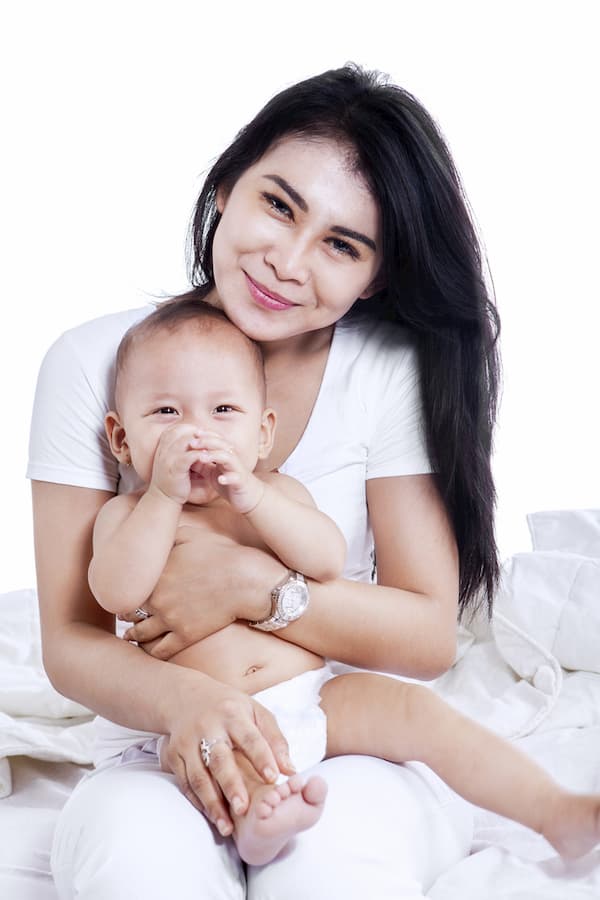Fibroids
These growths are made up of muscle and fibrous tissue and can vary in size.
Fibroids are sometimes known as uterine fibroids, uterine myomas or leiomyomas.
Symptoms of Fibroids
• Heavy periods
• Painful periods – often with a lot of cramping
• Abdominal pain
• Lower back pain
• A frequent need to urinate
• Constipation and / or Loose stools during menstruation due to the increased activity of the area
• Pain or discomfort during sex
• Able to feel hard masses in the abdomen
• Experience gas or bloating
• Cold hands and/or feet
• Cold body
• Acne
• Heavy bleeding or thicker blood
• Bright red or very dark colored menstrual blood
• Menstrual blood clots
• Headaches, dizziness, or fatigue
• Irritability or depression
That’s quite a list.
If Only One In Three Women Get Fibroids Symptoms – How Are Fibroids Found?
They’re often diagnosed during a routine gynaecological examination, test or scan.
If you have uterine fibroid symptoms, it’s best to see your Doctor so they can investigate possible causes.
If your Doctor thinks you may have fibroids, they’ll usually refer you for an ultrasound scan to confirm the diagnosis.
What Causes Fibroids?
Fibroids usually develop during a woman’s reproductive years (most commonly from around 30 to 50 years of age) when oestrogen levels are at their highest.
They tend to shrink when oestrogen levels are low, such as after the menopause, when a woman’s monthly periods slow down and then stop.
Types of Fibroids
The main types of fibroids are:
• Intramural fibroids – These are the most common type of fibroid. They develop in the muscle wall of the womb
• Subserosal fibroids – These fibroids develop outside the wall of the womb into the pelvis and can become very large
• Submucosal fibroids – These are fibroids that develop in the muscle layer beneath the womb’s inner lining and grow into the cavity of the womb
In some cases, subserosal or submucosal fibroids are attached to the womb by a thin stalk of tissue. These are called pedunculated fibroids.
Fibroids Treatment
If you do have symptoms caused by fibroids, Doctors offer medication to help relieve the symptoms.
There are also medications available to help shrink fibroids. If these don’t work, surgery or other less invasive procedures may be recommended.
Chinese Traditional Medicine and Fibroids
This also applies to any condition that creates any type of blockage in the same region such as endometriosis
• Polyps
• Cysts
• or other scar tissue.
The goal here is to allow the body to relax and break down the tissue that is not supposed to be where it is growing.
How We Can Help
• Your body is in a constant state of renewal
• Your body can regain lost health and vitality
Start the Rejuvenation Cycle
Make adjustments to these two things and you will start to turn back your biological clock
1. Nutrition – the right herbs and some healing foods added to your diet.
2. Energy – increased energy to supercharge your Rejuvenation Cycle (the right energy formula plus the Radiant 8 Exercises and Fertility Massage both do this)
We Can Teach You How To…
• Learn to eat in a way to support healing
• Open up the communication in the area with herbal formulas
• Balance the body with simple techniques
If you want to get started right now, our herbalists have developed a StartUp Program for this issue.




